A Case for Electional Astrology in Assessing Natal Fertility
- 14 December, 2016.
“As I know mine own heart to be entirely English, I can very sincerely assure you, there is not anything you can expect or desire from me, which I shall not be ready to do, for the happiness and prosperity of England”.1
These words from the soft and sweet-voiced Queen Anne fell on the ears of Parliament on the occasion of her accession to the throne of England on 11 March 1702. From ages 19 to 35, Anne had seventeen children, all of whom died either shortly before or after birth, or did not reach maturity. By contrast, 150 years later, Queen Victoria, possessing much lower probable fertility according to traditional astrological principles, produced an above-average number of children who survived.2 This article proposes that the marked fertility levels in the marriage chart of Queen Victoria improved her weak traditional fertility indications, thereby suggesting the relevance of using electional astrology to support important life events with nativities that may contraindicate said events.
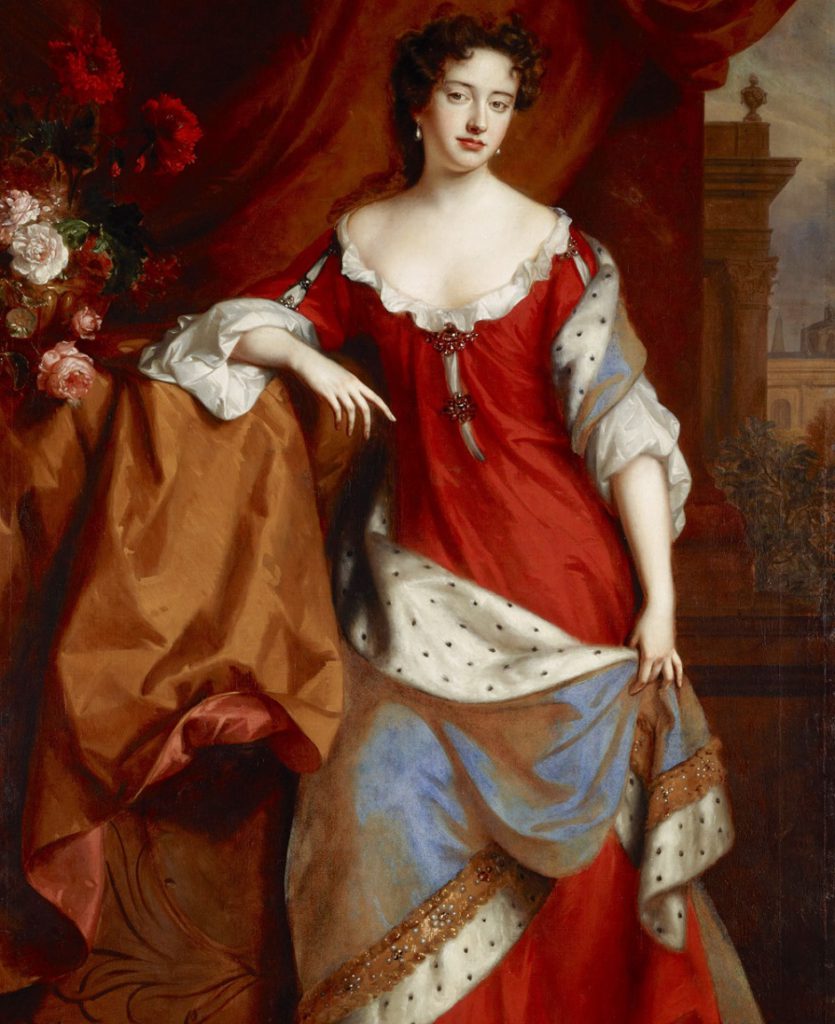
Having presided over the War of the Spanish Succession and the 1707 Act of Union between England and Scotland, Queen Anne may not have been as charismatic or forceful as Queen Victoria, nevertheless the events of her reign were critical to a united Britain becoming a real international world power. She was also a woman who endured through illness, an often drunk and boring husband, the immense pressure of loyalty to a dying dynasty, and a long string of pregnancies and deaths of her children, in what would have otherwise been the prime years of her life. Spent, she died in 1714, and the Stuart dynasty in Great Britain died with her.
Given the nature of her life events centred around children, the nativity of Queen Anne can be instructive. Most traditional astrological material assesses fertility based on an overall weighting of factors that favour or deny, improve or reduce, the overall probability of fertility indicated by a chart. William Lilly proposes a judgement based upon a majority of testimonies of fertility centred around the 5th, 11th, and 1st houses and the fertility of the signs thereupon or of their rulers.3 Guido Bonatti adds a consideration of the 10th and 7th houses, but also explores the use of the Part of Children.4 Persian authors before him focused on the strength of benefic planets, the Lot of Children and its Lord, and the triplicity rulers of Jupiter with a most valuable contribution to the analysis of fertility made being the Almuten of Pregnancy, a version of which is given by Umar al-Tabari.5 Traditional sources differ on the fertility of the signs (especially earlier authors such as Dorotheus). The Liber Hermetis provides fertility indications according to the fixed stars.6 Contemporary astrologers, such as Nicola Smuts-Allsop, utilize the Almuten of Pregnancy together with time-lord techniques and directions to great effect but are beyond the scope of this article.7 Without complicating the approach in this article, it is assumed that the charts of people with real influence, such as that of a monarch, would be responsive to the fundamental techniques presented here, upon which further specialized analyses can be developed.
In the examples which follow, I have adopted sign fertility influence as used by Lilly and Bonatti,8 with planetary influence on fertility being informed by the numerous examples given in Persian texts. Despite differences among sources, the use of sign fertility and placement of planets seems to have been carried through in the literature. The analysis of fertility referred to in this article is focused on an assessment of the 1st, 5th, 7th, 10th, and 11th houses, the fertility of the signs on their cusps and that of their rulers, and the condition of the Moon and Jupiter.9 While charts in this article have been cast in Placidus houses for the evaluation of cadency, I will keep in mind significations according to whole sign or equal houses as well because in practice both approaches complement one another.
Let us now have a look at the application of these traditional principles of fertility to the nativity of Queen Anne. She was born with a Pisces Moon, representing her impressionable, sensitive, and gentle nature. Her capacity to feel safe and comfortable in life is hemmed in by the conditions of kingship, dynasty, and the matter of children on one side (Sun and Jupiter in the fourth sign), and an unhappy marriage on the other (Aries Venus in the sixth sign with partile square to Saturn). This gives a sense that her ability to produce and enjoy children (Moon in the fifth sign) was perhaps conditional, pushing the signification of the Pisces Moon in this context toward one of sacrifice, which her life exemplified.
The Moon is in the fifth sign and in a very fertile sign, the fifth house cusp is a very fertile sign, the Ascendant is a very fertile sign, both Venus and Jupiter are in somewhat fertile signs, and the seventh house is a rather fruitful sign. Scorpio is a very fertile sign despite being ruled by a natural malefic Mars, because Scorpio together with Taurus are very much fixed and enduring in nature. In particular, people with Scorpio rising exhibit a tenacity for life against all odds, and this tendency to hold onto life is a positive characteristic when looking at the context of fertility. The eleventh and tenth house cusps are in sterile signs, which would indicate that pressure from her ministers and husband would have added stress, resulting in an overall reduced fertility in the chart (the eleventh house being both advisors as well as the spouse’s fifth house). Nevertheless, good fertility indications predominate, which means that childbirth is highly probable, and would be driven primarily by the Moon according to this analysis.
For any matter indicated by a house, the ruler of that house determines what happens with the things and people of that house. The ruler of Queen Anne’s fifth house is Jupiter, and while Jupiter is in a rather fruitful sign, he is cadent, closely associated with the South Node and in aspect to Venus which is an accidental malefic in this chart (being in the sixth sign, in detriment, and ruling the twelfth). Additionally, the Moon in the fifth sign is approaching a square with Pluto from the eighth house of death. These indications speak to the dramatic and traumatic loss of her children.
One cannot help but be touched by the sensitivity of her story. And yet, as astrologers who work with fertility know, the stories and anguish presented by clients when discussing their attempts at having children, and the associated traumas or anxieties, are no less poignant. The fact is that, depending on their cultural and geopolitical reference, women today are still faced with varying degrees of the same expectations, pressures, and stigmas which Anne faced as a Queen. This branch of natal astrology requires a careful application of technique, sound judgement, and considered presentation. It is important to encourage more practical research and acknowledge valuable contributions of contemporary astrologers in this area.
Whereas Queen Anne had an emphasis in the fourth, fifth, and sixth signs, Queen Victoria has an emphasis in opposite places. This is descriptive of their respective situations. The matter of producing children and the will for it was very more the responsibility of Queen Anne rather than her husband, whereas in the case of Queen Victoria, the entire matter of having children (and even liking them) was strongly driven by her husband. In fact, just a few weeks after her marriage, upon hearing the news that she was pregnant, she flew into a rage, writing quite plainly to her uncle Prince Leopold, “I am really upset about it and it is spoiling my happiness; I have always hated the idea…I cannot understand how anyone can wish for such a thing…if my plagues were to be rewarded only by a nasty girl, I would drown it”.10
Queen Victoria was born with the Moon on the Ascendant, however it is combust and in a sterile sign, with the Ascendant also being a sterile sign. The fifth house cusp is in a sterile sign, with the eleventh, seventh, and tenth houses being rather fruitful. Jupiter is in a rather fruitful sign in the tenth house, but Venus is in a rather barren sign and cadent. The ruler of the Ascendant is in a rather fruitful sign but it is cadent. With the ruler of the fifth house on the Ascendant and the ruler being the Sun, I would expect that the consequence of having children for her is a matter of state, but with the sterility of the fifth house and its ruler and the Moon in association, I would deem the vitality or worthiness of children to be an issue in the long run.
Jupiter appears to be the only planet in a position to drive the fertility to fruition, although in my practice and in following earlier authors such as Dorotheus and Rhetorius, I mentally rate the signs of Saturn as ‘very low fertility’, particularly if Saturn is malefic in the chart.11
We know that it usually takes two people to produce children. So it is fair to look and see if perhaps Prince Albert’s fertility indicators were better and improved the overall situation.
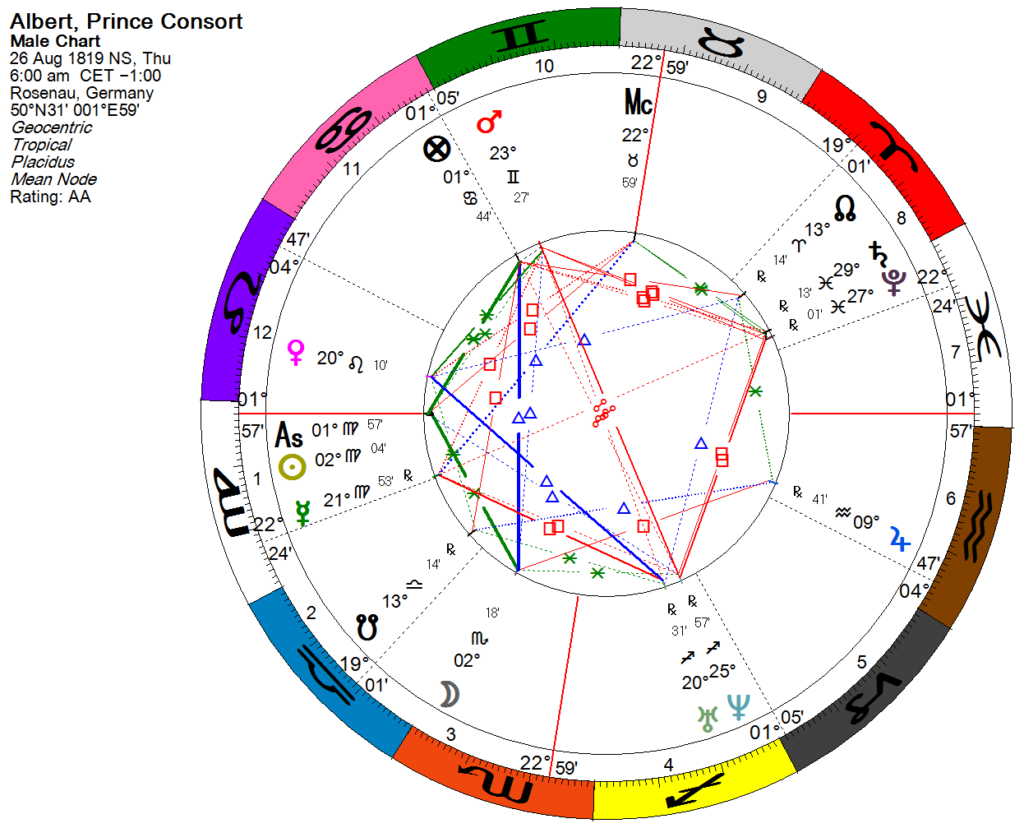
Prince Albert has a sterile sign Ascendant, with the ruler of the Ascendant in a sterile sign, and the malefic Sun on the Ascendant as well. The tenth and fifth houses are rather fruitful, and the seventh house is very fruitful (interesting!). The ruler of the fifth house is Saturn in a very fertile sign in the house of death and is afflicted by Mars from a sterile sign. It is true that Albert’s health deteriorated due to the anxiety caused by his son.12
All the benefic planets (the Moon, Venus, and Jupiter) are cadent and would thus weakly indicate the matter of children. Keep the influence of Uranus, Neptune, and Pluto in mind here because they are involved with the ruler of the fifth house in a fairly tight T-square. Again, the indications are mixed, or at least not as strong as I would like, to improve the joint probability to nine children.
Let us consider an example chart with better fertility indicators than Queen Victoria. This is the commonly accepted time for a chart of Kate Middleton.
She has a rather fruitful sign rising, with the ruler of the Ascendant being the benefic Venus, in a rather fruitful sign and in the fifth sign. The ruler of the fifth house is Saturn, and he is placed in the first house. There is thus an exchange between the ruler of the first and fifth houses which is a positive testimony to the matter of children. The Moon is in a very fertile sign and so is strong in the tenth house (although the conjunction with the North Node is harmful to the Moon according to Bonatti13). Jupiter is in a very fertile sign as well. This is a significantly better position for fertility than that in Queen Victoria’s chart, and Kate has only had two children thus far.
As Saturn rules the fifth house, his placement and dignity in the first would not deny children, but his placement with the malefics Pluto and Mars, indicates health issues in the body that can have a negative influence to delay (Saturn) the production of children. With Saturn ruling the fifth house, one would expect childbirth to play an important role in life decisions and events around the Saturn return. Kate married at age 29, gave birth to Prince George at age 32 (with attendant serious health concerns) and to Princess Charlotte a year later.
At the time of Queen Victoria’s birth, the average family size in Great Britain was between five to six children.14 Queen Victoria had nine. Is this only due to ‘better healthcare’? Her natal indications are mixed and weakly indicate fertility, and especially when considering the fertility range of the other chart examples, her chart doesn’t ‘scream’ nine children. It could very well be that a more rigorous analysis calling for the use of specialized techniques such as the Almuten of Pregnancy would yield results, however one would expect the chart of a person as influential as a monarch to be more responsive to first-pass fertility assessment according to the fundamental principles presented, and as we have seen with the other examples. In discussions with astrologer J. Lee Lehman in 2015, I formulated a hypothesis that the election of her marriage chart could carry weight to improve her chances for having children, especially considering that the marriage event of a monarch at that time had a bearing over the future of the entire nation.
Even a cursory glance of the marriage chart calls for attention. Queen Victoria woke up on a rather rainy wedding day morning. She left for the Chapel Royal at 12:30 pm.15 Upon arrival at St James’, she was attended to by twelve trainbearers as she waited for Albert who arrived shortly thereafter. I have set the time of the wedding tentatively at 1.30pm.
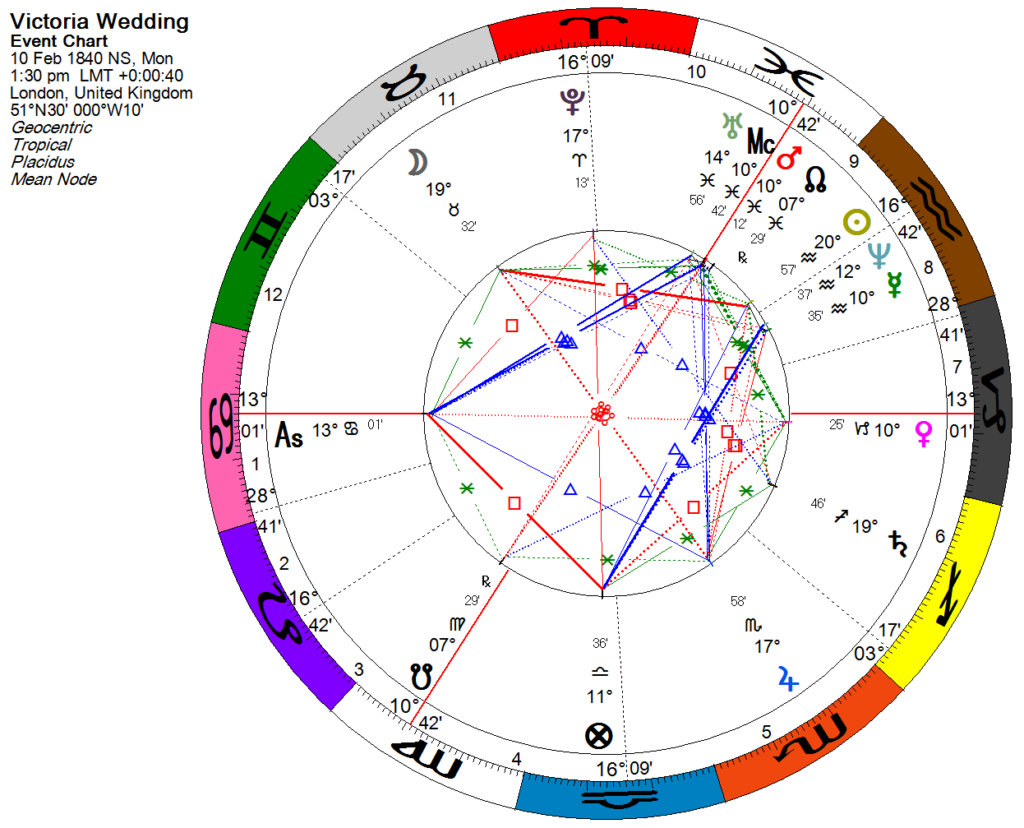 The Ascendant is a very fertile sign, and is ruled by the two planets most closely linked to children: the Moon and Jupiter. The Moon, ruler of the Ascendant, is in a rather fruitful sign and is exalted in the eleventh house. Jupiter is in a very fertile sign and is in the fifth house. The Ascendant is applying beneficial aspects to both its primary rulers from effective places (applying sextile to the Moon, and applying trine to Jupiter). The ruler of the fifth house is Venus, and Venus is in a rather barren sign but trine the Moon, and Venus is strong being angular on the seventh house. The tenth house is a very fertile sign, with the ruler of the fifth sign (Mars) conjunct the tenth house cusp, and in a grand trine with Jupiter and the Ascendant. There is a mutual reception between the fifth house ruler Venus and the fifth sign ruler Mars from the angles through a benefic sextile. There is a mutual reception between Mars and Jupiter as well. In addition, the Part of Fortune is operative on the fifth house cusp, and is activated strongly by close aspect to its ruler, Venus. The Part of Fortune being the fourth sign and operative close fifth house cusp speaks to the children being the foundational wealth upon which the union is built, as well as the added value that imperial expansion added to the homeland (which for the most part was managed by Albert). A hard aspect between Jupiter and the Moon is indicative of ‘uncontrolled growth’ which would be a good thing in terms of fertility. Not only is this a great chart for a wedding (looking at that angular Venus), it is phenomenally fertile.
The Ascendant is a very fertile sign, and is ruled by the two planets most closely linked to children: the Moon and Jupiter. The Moon, ruler of the Ascendant, is in a rather fruitful sign and is exalted in the eleventh house. Jupiter is in a very fertile sign and is in the fifth house. The Ascendant is applying beneficial aspects to both its primary rulers from effective places (applying sextile to the Moon, and applying trine to Jupiter). The ruler of the fifth house is Venus, and Venus is in a rather barren sign but trine the Moon, and Venus is strong being angular on the seventh house. The tenth house is a very fertile sign, with the ruler of the fifth sign (Mars) conjunct the tenth house cusp, and in a grand trine with Jupiter and the Ascendant. There is a mutual reception between the fifth house ruler Venus and the fifth sign ruler Mars from the angles through a benefic sextile. There is a mutual reception between Mars and Jupiter as well. In addition, the Part of Fortune is operative on the fifth house cusp, and is activated strongly by close aspect to its ruler, Venus. The Part of Fortune being the fourth sign and operative close fifth house cusp speaks to the children being the foundational wealth upon which the union is built, as well as the added value that imperial expansion added to the homeland (which for the most part was managed by Albert). A hard aspect between Jupiter and the Moon is indicative of ‘uncontrolled growth’ which would be a good thing in terms of fertility. Not only is this a great chart for a wedding (looking at that angular Venus), it is phenomenally fertile.
There is strong testimony here that the marriage chart would have increased natal significations to fertility of both Victoria and Albert (so long as they remained in union) and such support would enhance the probability of fertility arising from the use of specialized techniques. The chart for her marriage contains the sort of significations I would expect to produce more than the average number of children in a household, because its testimony is clear, strong, and unimpeded. More importantly, the marriage chart has important connections to the nativities. The strong testimony in the very fertile water signs of the marriage chart help to support the water signs in Victoria’s birth chart which are lacking in positive influence over the matter of fertility. Victoria’s Venus is conjunct the benefic eleventh house cusp of the marriage chart. Albert’s fifth sign on the marriage chart seventh house, and his seventh house on the marriage chart tenth, are descriptive of the situation – i.e., he was the one who would convince Victoria to have children out of love for him more than anyone else could, and it is a marriage of no little consequence to the nation (in fact, he played a key role in managing the affairs of the monarchy on Victoria’s behalf).
While the analysis of one case example does not prove the point statistically, not all relevance and value in a consultation rests upon statistics alone. There is a certain worth which arises when qualitative conclusions bring meaning into a consultation, and which falls into the divinatory aspect of astrology, under which it can be argued the magic of electional astrology resides. It is possible that the phenomenal supporting testimony from the marriage chart may explain the initial discrepancy between the natal fertility indicators and actual children born in the case of Queen Victoria. In working with fertility charts for clients, the fundamental principles in traditional astrology presented here are a very useful benchmark in that they indicate to the astrologer the level of precision and care that is required when looking at specialized techniques related to fertility. A consideration of these traditional principles helps one to gauge the overall responsiveness of a chart to more robust techniques which may follow, and indeed help to prioritize among a plethora of factors when casting one’s gaze ahead in predictive work.
I believe that it is prudent and good practice to consider electional astrology more seriously in conjunction with natal work, especially for sensitive topics such as fertility. The inclusion of a marriage chart into the fertility assessment of an individual may show the astrologer which factors are predominant toward fertility as a matter of union and, in the case of clients with multiple marriages, this can become instructive. For couples planning their marriage, especially if they have a history of infertility, the election of a fertile marriage chart with positive natal connections could provide just enough support to tip the balance.
Footnotes
1. ‘Matters relating to the accession of Queen Anne: Begins 26/5/1702’. The History and Proceedings of the House of Commons: Volume 3, 1695–1706. London: Chandler, 1742. 197–203. British History Online. Web. 27 July 2016. http://www.british-history.ac.uk/commons-hist-proceedings/vol3/pp197-203.
2. After a study of two biographies of Queen Victoria, I have also concluded that her chart does not bow to the use of Firdaria either (unless questionable cherry-picking of life events is adopted). I refer the reader to the following biographies: A. Plowden, The Young Victoria (The History Press, 2010); C. Hibbert, Queen Victoria: A Personal History (HarperCollins, 2000).
3. The Fifth House and its Proper Judgements, Christian Astrology Volume III (Ascella Publications, 2001), p. 602.
4. On the Fifth House, Bonatti on Nativities, trans. Ben Dykes (Cazimi Press, 2010)
5. Chapter III.6: Children, Three Books on Nativities III, trans. Ben Dykes (Cazimi Press, 2010), p. 62.
6. Liber Hermetis, trans. R. Zoller (New Library, 2011).
7. Nicola Smuts-Allsop’s forthcoming Fertility Astrology (Rubedo Press 2016) showcases a practical approach to fertility featuring a blend of traditional and modern techniques, enhanced by her research in this area.
8. The Very Fruitful signs are the water signs. The Rather Fruitful signs are Taurus, Libra, Sagittarius, and Aquarius. The Rather Barren signs are Aries and Capricorn. The Sterile signs are Gemini, Virgo, and Leo. Earlier authors such as Dorotheus and Rhetorius include Capricorn as a sterile sign, with some others also including Taurus, Sagittarius, Aquarius, Libra, and Aries. It does not make sense to me that Taurus would be sterile, it being ruled by both Venus and the Moon. Similarly, Sagittarius the only fire sign ruled by a benefic (Jupiter). The signs of Venus (Taurus and Pisces) clearly have fertility, so the humane sign of Libra should partake of it as well, although tempered with the influence of Saturn.
9. The planets that support fertility are the Moon, Jupiter, and ruler of the 5th house. One can also add Venus and Mercury (when associated with benefics), and the ruler of the Part of Children. Planets that deny or cause issues with childbirth or the joy from children are the Sun, Mars, Saturn, and Mercury (when joined to malefics). There is an exception here in that the Almuten of Pregnancy, even if malefic, can indicate periods of high probability for having children, but it is very likely attended with problems or difficulties. The use of the Almuten of Pregnancy, and the Timing of children which involves a view of fertility directions in conjunction with time-lord techniques, is beyond the scope of this article. The fourth house, while being an angular house, is discounted in the matter of fertility as it also carries signification of the 12th house from the 5th house of children.
10. Part I Chapter 17 Robert Peel, in Hibbert, Queen Victoria: A Personal History.
11. Similarly, I can argue for some fertility in the signs ruled by Saturn by virtue of them containing some portion of water; Aquarius as the water-bearer, and Capricorn being half-fish. However, while I use Aquarius and Capricorn with some fertility, I mentally check them as ‘very low fertility’ as a safety, especially if Saturn is more malefic in the chart.
12. In the summer of 1861, the heir Prince Edward began sexual liaisons with Nellie Clifden, an Irish actress whom he met while at Curragh military camp. His reputation as a playboy caused his parents much anguish. Despite illness and wet weather, Prince Albert travelled to Cambridge to speak with him presumably about his personal life, and his illness and demeanour deteriorated thence. Prince Albert died two weeks after the visit with his son, with Queen Victoria blaming her husband’s premature death on her son’s “dreaded business”. Hibbert, Christopher (2000) Queen Victoria: A Personal History, London: HarperCollin, p. 299
13. This is the fifth way in which the Moon is made unfortunate. Zoller, Robert (2004) The 146 Considerations of Bonatti and Selected Aphorisms of Cardan, London: New Library, p. 39
14. http://www.bbc.co.uk/history/british/empire_seapower/overview_empire_seapower_01.shtml [28 July 2016]
15. Details of the wedding day adapted from Chapter 11: I and Albert Alone, Plowden, Young Victoria
With thanks to Jenn Zahrt for her keen editing eye. http://jennzahrt.com/
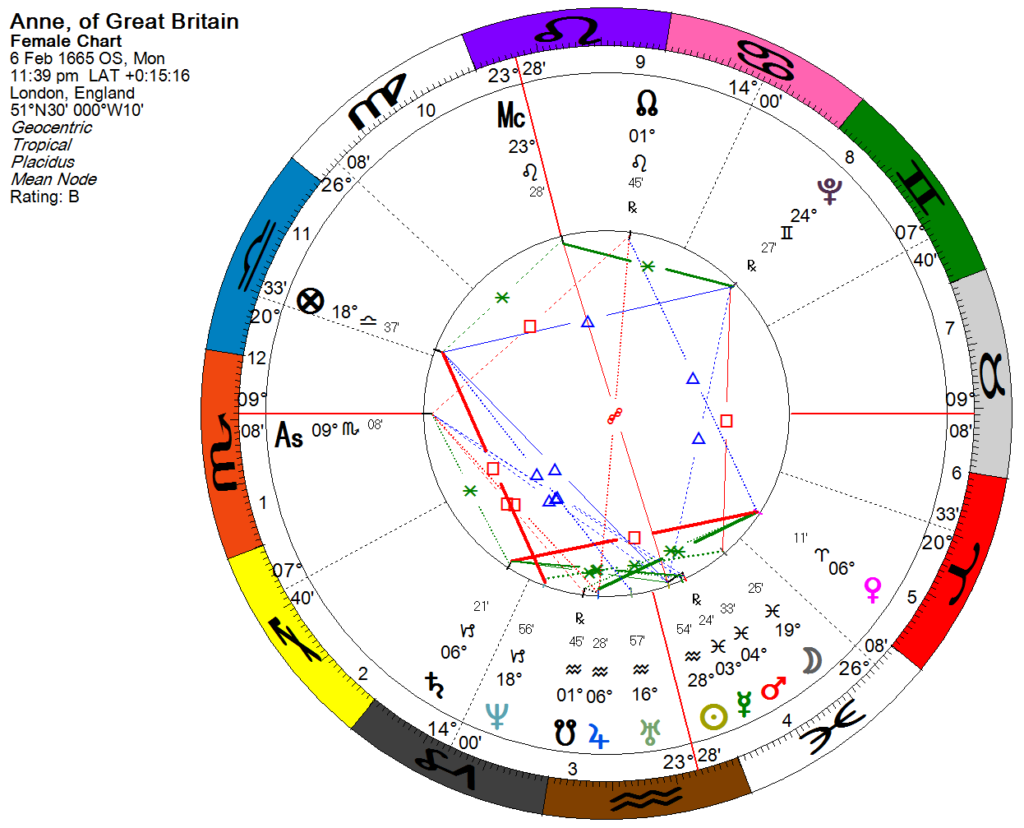
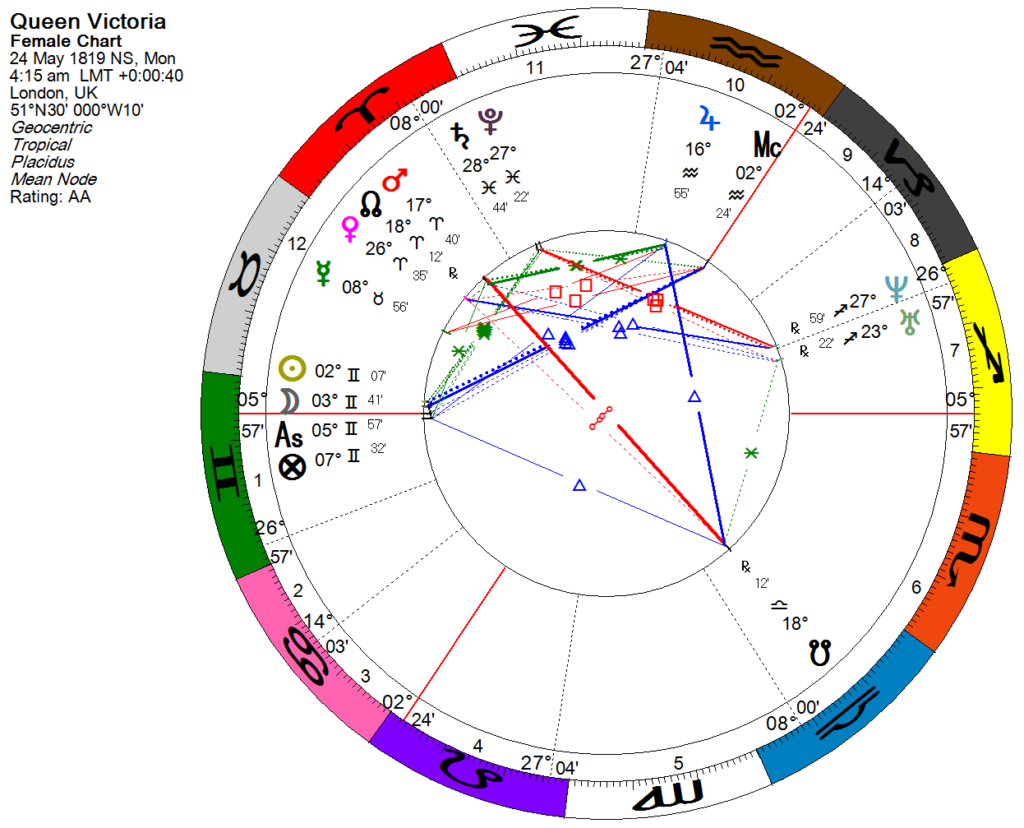
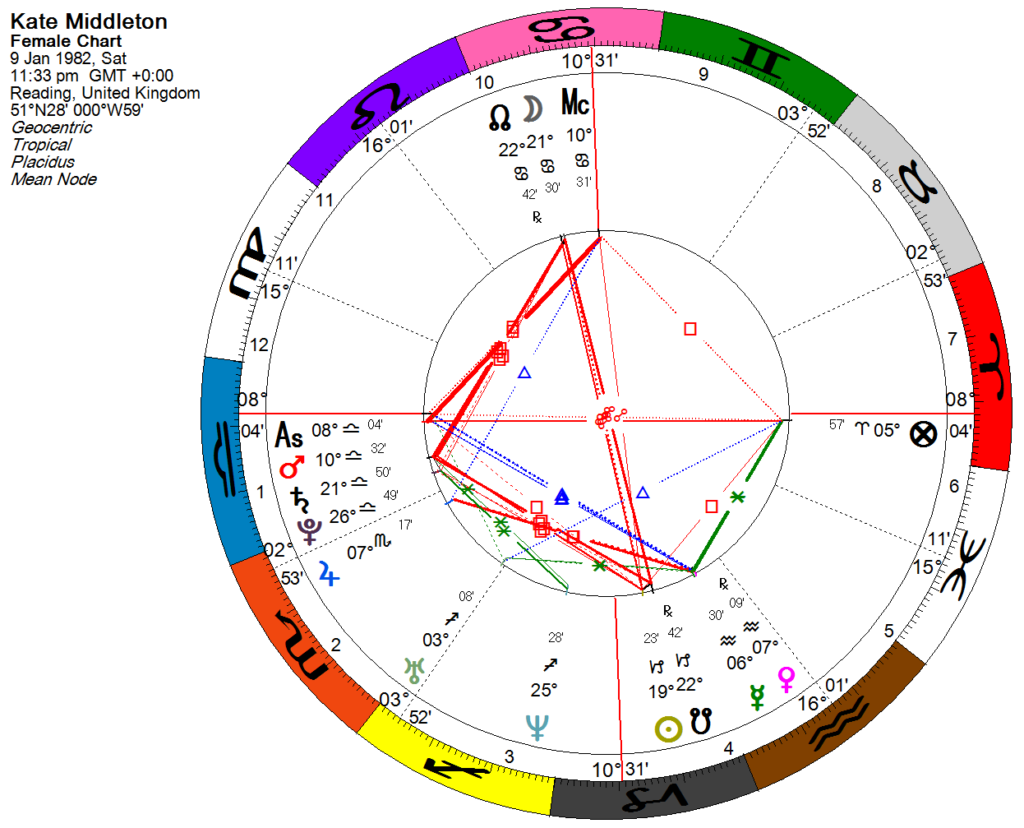

 Send Email
Send Email

